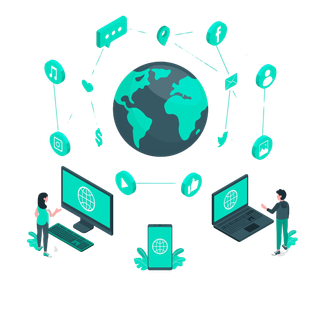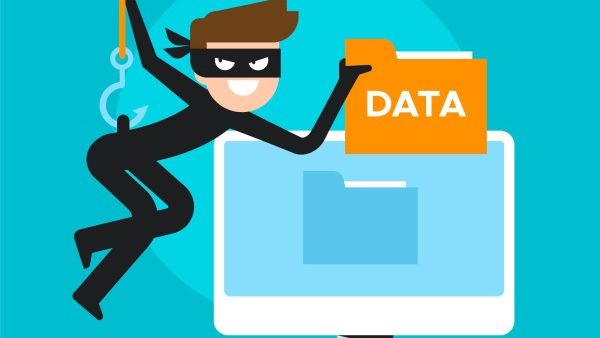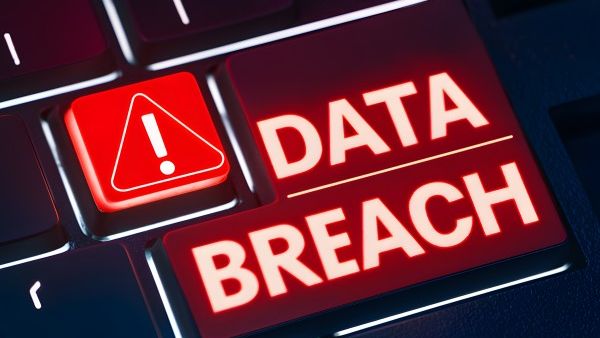Over the past decade or so, software as a service has become a ubiquitous licensing and delivery model that has innumerable practical boons both for the end-user and for the developer. Much as is the case with virtually any other licensing model, however, there are faults to it, and some of them are endemic to the fact that SaaS providers need to rely on some sort of a centralised hosting system for all (or most) of their users.
Naturally, this has the potential to complicate SaaS security matters, where a single breach could hypothetically compromise wide swathes of sensitive user data.
Indeed, the crucial point of contention here is (as is often the case) related to best practices for SaaS applications. The contemporary security measures work well enough in most cases, but if the users' sensitive data isn't handled with utmost mindfulness, malicious attacks could very well make disaster recovery all but impossible.

The Core of SaaS Security
Making use of SaaS functionality is, at its core, the outsourcing of certain critical functionality of one's business. While SaaS applications cover an extremely wide variety of niches, services, and features, their main draw is that they are a centralized, on-demand component that can serve as a stand-in for local implementations and/or solutions for a given task.
It's perfectly self-explanatory that a SaaS application carries a monumental amount of data between the central host of the software in question and the end-user (i.e. you). This data necessitates privileged access management, especially in the case of business-critical SaaS applications. Should the security measures that are put in place ever fail, the entirety of this hypothetical data transfer becomes endangered, as one would expect, but the curious bit is that it's highly unlikely that a service provider's SaaS security systems would get broken through.
SaaS Security is, in practice, almost entirely dependent on SaaS usage and whether the agent themselves are complying with the designated best practices. For SaaS security, best practices necessitate both technical processes and the training of the human element, because both are equally important.
On Cloud Computing and Security Risks
Since SaaS applications effectively live in the cloud, customer data is constantly floated around and, theoretically, subject to potential data breaches. In almost all cases, however, the proper security measures that are in place minimise the risk that is posed by cloud deployment.
In truth, a system's encryption capabilities are rarely the cause of successful data theft. Instead, the main concern when securing SaaS applications lies in user authentication. Who has access to what data? What are the ways in which they could leak key network security features to malignant actors? Could lazy security practices generally expose the active SaaS service?
These are some of the questions that the security teams working to prioritise SaaS security need to ask for their SaaS security checklist. The key takeaway, then, is that the weakest link in this particular chain is - the human element.
SaaS Security: Best Practices in Practice
Keeping the above in mind, SaaS security is a two-pronged issue. For security teams working on SaaS applications, data integrity must be maintained through both technical implementations of (optional) security features as well as user instancing, wherein privileged identities - actual humans working on and using SaaS applications - minimise their odds of having compromised credentials.
As regulatory compliance differs from one country to another, and infrastructure-as-a-service and other versions of SaaS get treated differently depending on where the headquarters are set up, it's virtually impossible to provide a truly in-depth overview of the best SaaS security practices.
Instead, featured below is a generalised list of features that ought to be kept in mind when discussing SaaS security. Whether from the perspective of a SaaS provider or from the perspective of those who might be using the SaaS applications in question: knowing these elements is key, and implementing them through the proper channels will substantially increase SaaS security across the board.
Data Safeguarding
In the simplest terms possible, all SaaS providers should have a variety of methods in place to protect from data security breaches. Data encryption applied via transport layer security certificates (SSL/TLS) will be a solid foundation in this case, but SaaS providers willing to go a step further should consider offering customers the option to control their key encryption methods in the first place.
Ideally, the service provider ought to task their security team with enabling both client-side and server-side encryption for all of their SaaS services. How they go about doing this will differ depending on the specific SaaS application that is being provided, however. The goal is simple: the cloud infrastructure needs to be fully encrypted from top to bottom.
Flexibility and Scalability
SaaS application instances have a very specific advantage over local implementations of equal services: they are effectively infinitely scalable, depending on a user's specific needs. These SaaS resources are an obviously useful tool, regardless of whether we're discussing horizontal or vertical scalability. However, having adaptive SaaS offerings is also useful in regard to security, as it reduces the risk of successful DDOS attacks.
The more a SaaS provider can diversify and scale up its platform - preferably through the use of automated tools - the greater the odds of it successfully maintaining business continuity and protecting the public cloud. This security model also relies on the threat detection that's in place. It is crucial that SaaS companies maintain situational awareness to maximise data security across the board, and this remains true in regard to a service's scalability, too.
Security and Rights Management
It is absolutely crucial for SaaS providers to have a firm grip on backend access rights for their SaaS applications. Even though it doesn't fit with the ingrained image of a "hacker," social engineering is one of the most powerful tools that a malicious element could possibly rely on. SaaS vendors need to have a central identity provider in place that will enable or disable SaaS console access at a moment's notice, should the need arise.
On top of that, multi-factor authentication is extremely useful for all modern SaaS platforms, as it reduces the odds of the given cloud services falling prey to random small-scale data leaks that can take place every so often. By carefully and deliberately managing the entire enterprise via access entitlements, the SaaS vendor can more easily protect data and offer enhanced authentication to its agents and users.
Network Control
Enacting control over the network traffic that's pouring into and out of data center's is incredibly important for contemporary SaaS solutions. The so-called perimeter defence approach uses a reliable inventory of tools to filter unknown and unfamiliar traffic for malicious elements. Screening all passing traffic with a firewall seems like a simple and easy way to meet regulatory compliance for SaaS use, but it's a tried-and-true method of enacting security that shouldn't be ignored.
Bolstering the firewall with an advanced IDS/IPS system (i.e. intrusion detection systems) will add yet another layer of security to cloud providers. These features authenticate traffic after it has already passed through the firewall, analysing it for suspicious activity.

Data Encryption is the First Step
The ability to deliver greater customer value is positively crucial for a SaaS provider. The specific SaaS use case promises ease of use that's not possible with a local service, and to say nothing of the ability to offload a potentially hugely expensive business expensive onto a relatively cheap (but equally effective and reliable) cloud service.
As we've shown in this article, however, using a proper authentication method and up-to-date SSL/TLS security is just the start of it, as best practices in regard to securing one's SaaS extend into virtually every other area of operation.
It's equally important to note that the practices outlined here are just a generalised overview of features that need to be put into practice. SaaS applications differ greatly from one another, and it will be up to security leaders to figure out how to apply them on a case-by-case basis.
Security Needs To Be A Major Consideration for SaaS Providers
As a SaaS provider, security is a major consideration for you, too - and it ought to be - so it may pay off to check if everything is in order every so often. Are the encryption keys in place? Are the login credentials kept safe and sound? Should the development process refocus on different security-related items, if it ends up lacking?
Though most modern SaaS options represent a logical evolution of many features that would previously have had to be local and/or permanently supported by the employer, they're also a prime target for malicious elements who might be hoping to strike the motherlode of data. The sheer scope of information that a popular SaaS covers is downright befuddling, and keeping it secure is an incredibly important task that is, regrettably, far less glamorous than it might sound.
Still, by relying on the established best practices from the very start, pivoting a SaaS in a different direction shouldn't ever need to happen, and both you and your users will be happy knowing that data breaches are an almost complete non-issue across the board.
Discussions and Comments
Click here to view and join in on any discussions and comments on this article.




